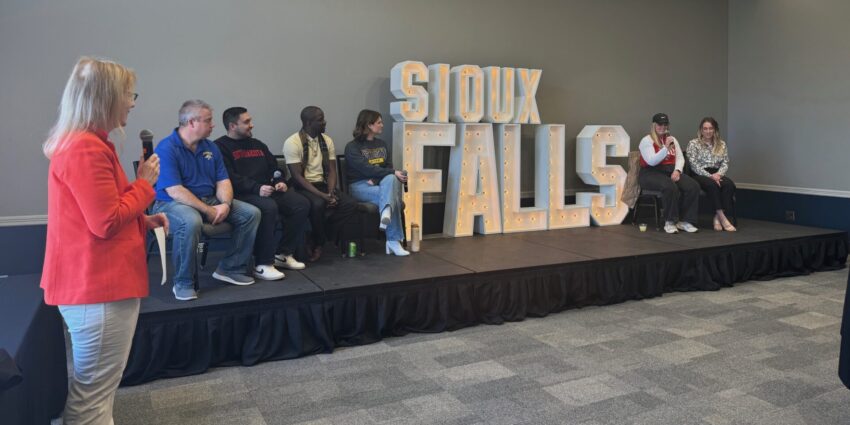When employees seek family and medical leave, this is what employers must know
June 12, 2019
This paid piece is sponsored by Woods, Fuller, Shultz & Smith PC.
By Morgan Brekke, employment law attorney
For years, covered employers understood the Family and Medical Leave Act as requiring them to start the FMLA process as soon as they had notice that an employee may need leave for an FMLA-qualifying reason.
As instructed by the U.S. Department of Labor’s regulations implementing the FMLA, an employee need not expressly request FMLA leave; instead, an employer’s notification and related obligations under the FMLA are triggered as soon as “the employer acquires knowledge that an employee’s leave may be for an FMLA-qualifying reason.” Moreover, if an employee’s need for leave was FMLA-qualifying, employers generally believed that they were required to designate it as such and that a failure to do so could give rise to liability under the FMLA.
However, a 2014 decision by the 9th U.S. Circuit Court of Appeals cast some doubt on employers’ understanding that they were obligated to designate leave for FMLA-qualifying reasons as FMLA leave. Specifically, in Escriba v. Foster Poultry Farms Inc., the 9th Circuit held that an employee could affirmatively decline to use FMLA leave for a circumstance that would otherwise qualify for FMLA protection.
Escriba involved a unique set of facts wherein an employee expressly requested that she be permitted to use accrued vacation leave rather than FMLA leave to travel to Central America to care for her ailing father, thus saving her FMLA leave for future use. When the employee failed to return from the trip on time and subsequently was terminated, the employee sued the employer, claiming that she was entitled to protections under the FMLA and that the employer should have designated her leave as FMLA leave since it was for an FMLA-qualifying circumstance.
Ultimately, the 9th Circuit rejected the employee’s attempt to claim protections under the FMLA after unequivocally declining to take FMLA leave, and in doing so, suggested that employees have the option to choose whether to use FMLA leave or preserve it for later use. Escriba created confusion as to employers’ obligations under the FMLA — specifically, whether an employer was required to designate an employee’s leave as FMLA-protected when the leave was for an FMLA-qualifying reason or whether the employee had the option to decline FMLA leave.
On March 14, 2019, the Labor Department issued an opinion letter clarifying its position and expressly rejecting Escriba. The department addressed the specific question of whether employers can delay designating leave for FMLA-qualifying reasons as FMLA leave. The Labor Department answered this question in the negative, clarifying that “once an eligible employee communicates a need to take leave for an FMLA-qualifying reason, neither the employee nor the employer may decline FMLA protection for that leave.” Instead, the employer is obligated to designate the leave as FMLA-protected, and it cannot allow the employee to save FMLA leave for future use or delay such designation until after the employee has exhausted available accrued paid leave.
For employers outside of the 9th Circuit, including those in South Dakota, which is part of the 8th Circuit, the Labor Department’s opinion letter confirms that an employer’s obligations under the FMLA are triggered once the employer has notice that an employee may need leave for an FMLA-qualifying reason and that an employer’s obligation to designate FMLA-qualifying leave as FMLA-protected is mandatory, not optional.
If you have questions about recent changes to FMLA employer obligations, Woods Fuller employment law attorneys can help. Visit woodsfuller.com for information.








